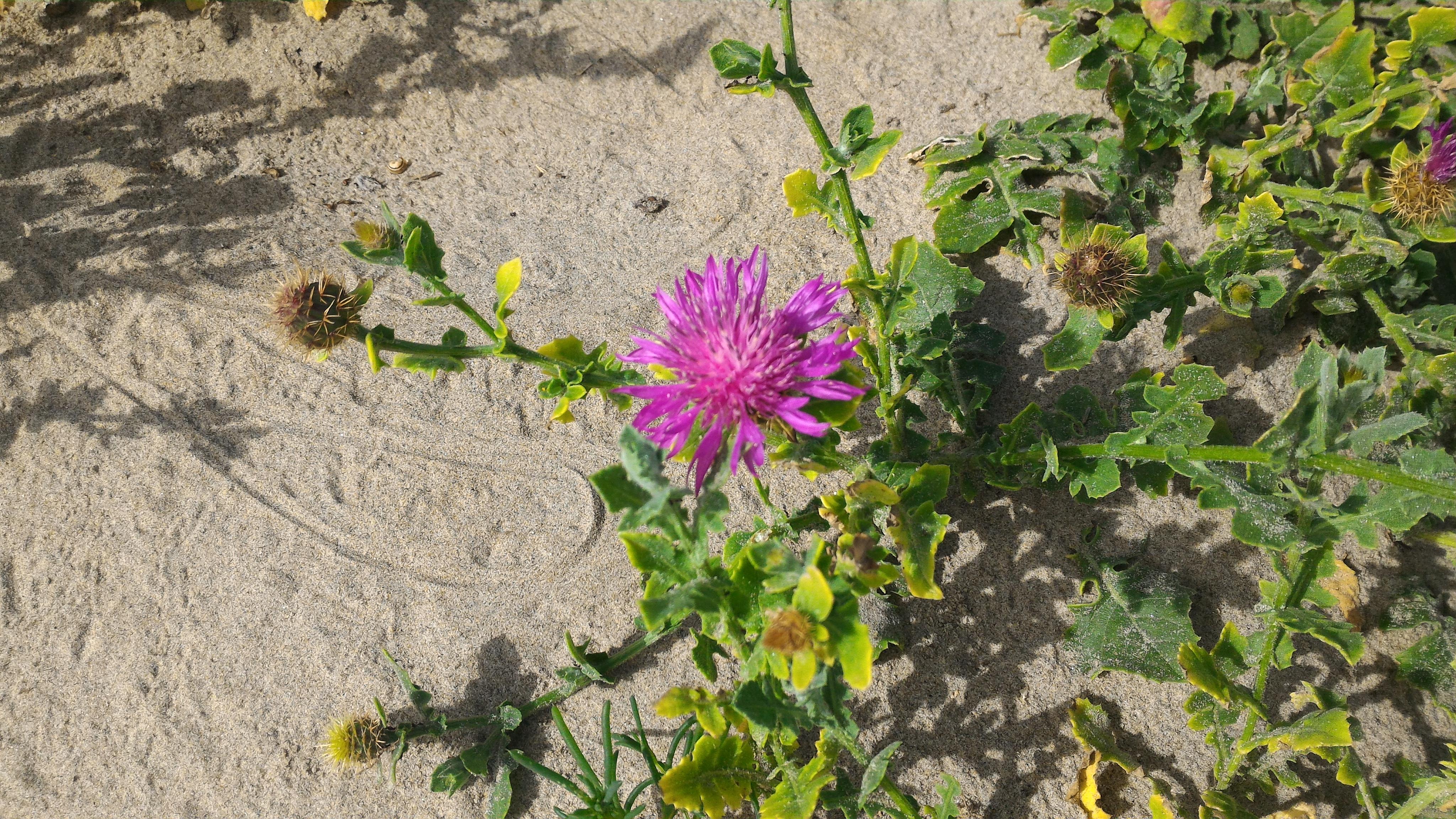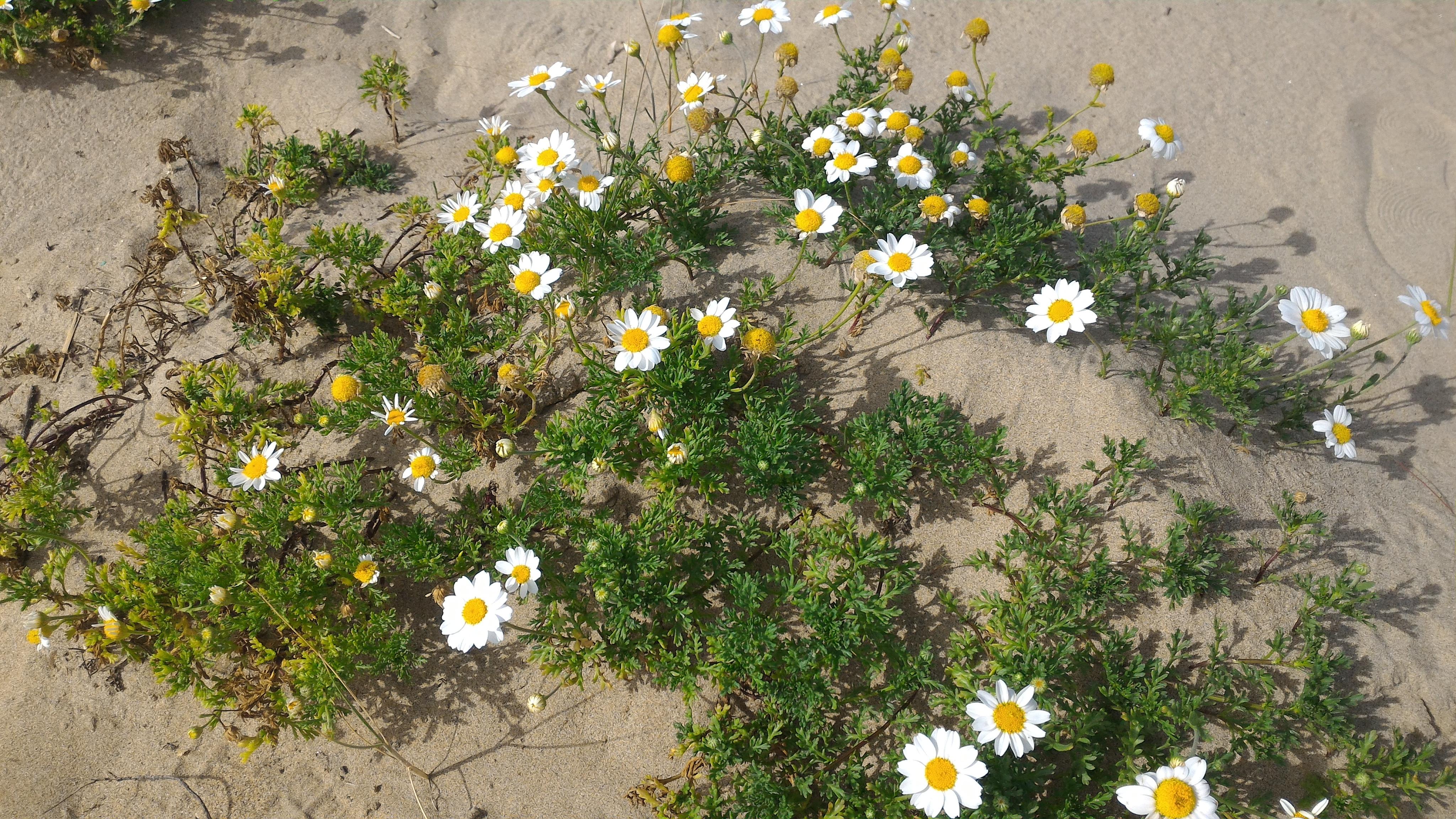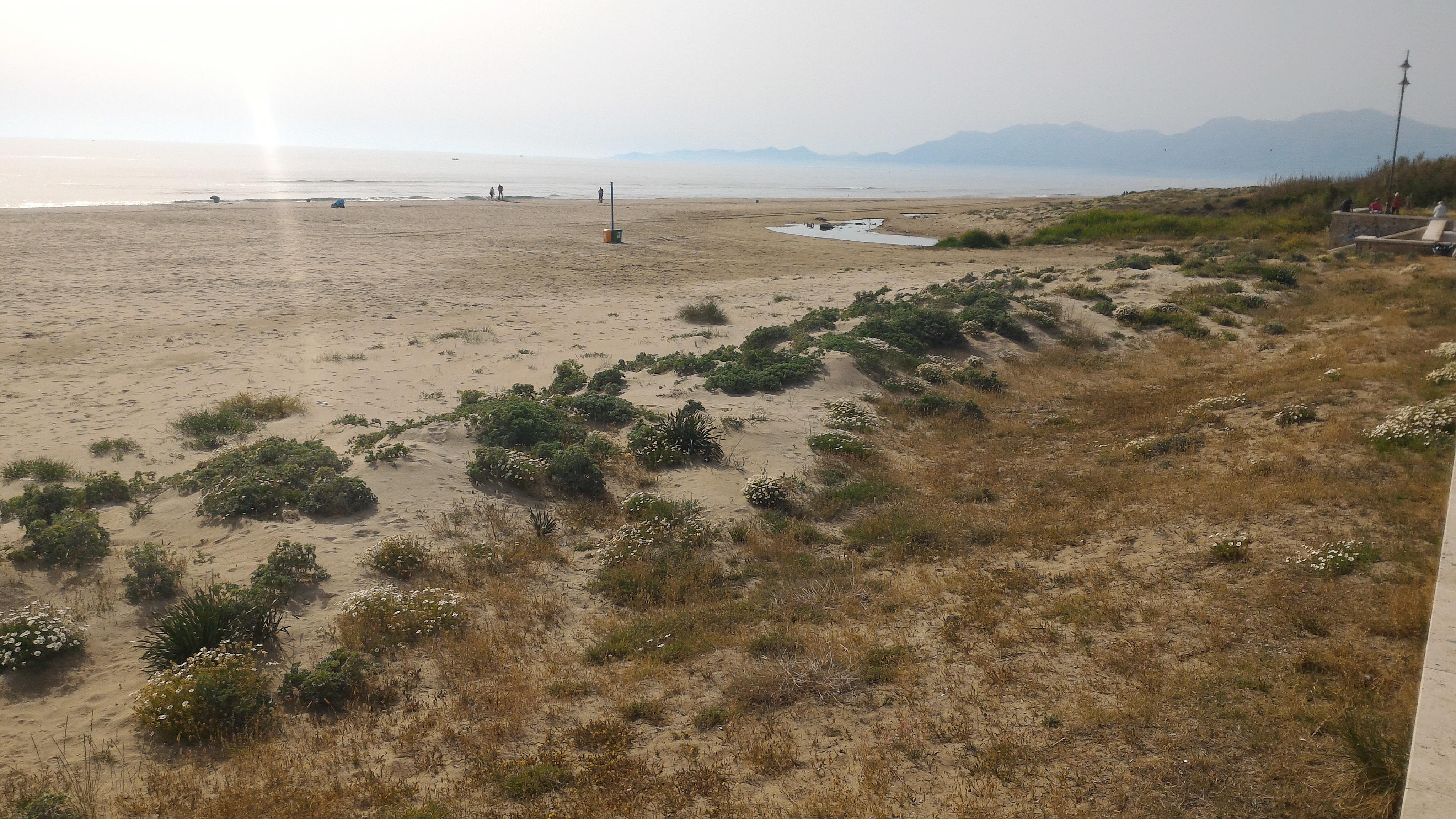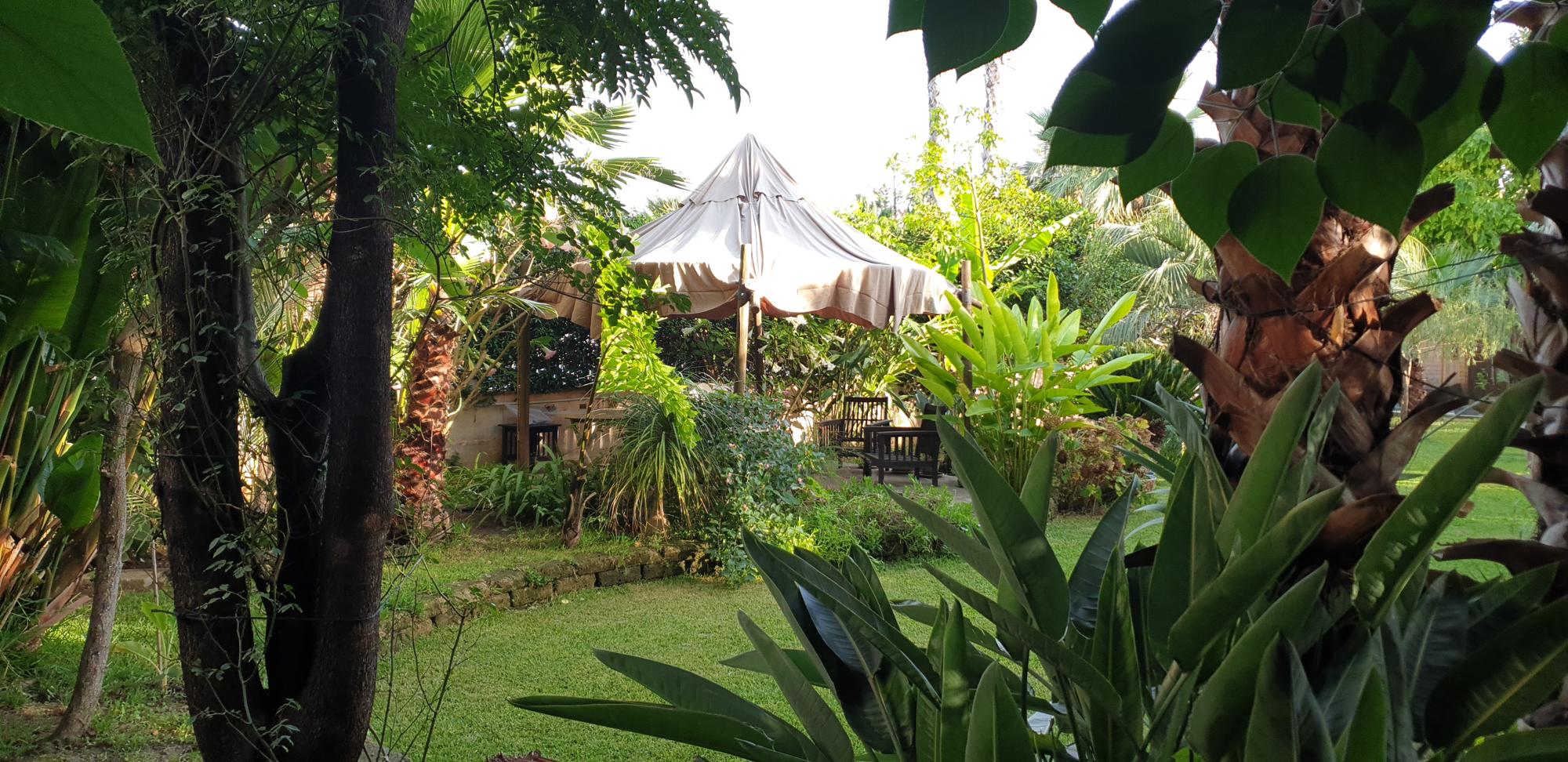Nature
My garden. For nearly two decades, I have devoted myself to cultivating a flourishing garden in the sun-kissed landscapes of southern Italy. This journey of nurturing and tending to my garden has transcended the mere act of horticulture; it has been an introspective voyage, transforming me into a more enriched and grounded individual. To me, the art of building and caring for a garden is akin to cultivating one’s soul—a form of elevated meditation that extends beyond the physical realm. Despite residing in the bustling heart of Rome in central Italy, my weekly pilgrimage to the south, where my garden resides alongside cherished memories and my parents, has become a sacred ritual. The touch of the soil, the symphony of nature, and the rhythmic dance of the seasons have granted me a sanctuary—an oasis of strength, energy, and balance. Cultivating my garden is not merely a chore but a profound practice that restores harmony even in the most challenging moments. It reconnects me with the universe, fostering a sense of peace that transcends the complexities of daily life. Through the rhythmic cycle of sowing, nurturing, and harvesting, I’ve discovered the therapeutic power of nature—an elixir for the soul. In the face of life’s trials, every human being should have the privilege of nurturing a small garden. Beyond the bloom of flowers and the harvest of fruits, it is a haven that promotes the spirit, fostering resilience and providing a tangible connection to the profound cycles of life.
My coastal dune. I have served as the president of an environmental association dedicated to preserving a coastal dune in southern Italy. Through collaborative efforts with numerous volunteers and a concerted campaign to raise public awareness, we successfully facilitated the restoration of several kilometres of coastal dunes along the northern coast of the Campania region. This area had suffered significant loss before our intervention, as the local community, unaware of its ecological value, employed bulldozers to clear what was mistakenly considered mere scrubland. In the subsequent images, only a fraction of the marvel has regenerated over the past fifteen years. Today, this revitalized ecosystem supports the flourishing of numerous protected plant species. Notably, the intricate web of vegetation facilitates the natural combat against sand erosion. Furthermore, the return of endangered bird species, such as the Charadrius alexandrinus, signifies restoring a fragile ecological balance. Scientifically, this restoration project underscores the delicate interplay within ecosystems and emphasizes the paramount importance of individual responsibility. Every individual should feel compelled to study and engage with the surrounding environment in our contemporary era. However, it is crucial to approach this task with an open mind. The environment, with its inherent complexity, necessitates a nuanced understanding, and the most robust approach is not intervention but dedicated observation and study. By cultivating a deep appreciation for the intricacies of our surroundings, we can empower ourselves to be stewards of the environment, contributing to its preservation through informed and mindful actions. I have witnessed the remarkable resilience of native flora, exemplified by species like Calystegia soldanella. Thriving in areas characterized by harsh climatic conditions, including exposure to marine aerosols, these plants play a pivotal role in creating the foundation for subsequent ecological communities to establish themselves. These plants also demonstrate an extraordinary capacity to withstand the intense anthropogenic pressures. Their ability to thrive amidst substantial human impact underscores their resilience, offering a testament to the remarkable adaptability of nature even in the face of significant human influence. Their ability to endure and flourish amid challenging conditions is a beacon of inspiration, offering valuable insights into nature’s innate capacity for resilience and adaptation. Indeed, their tenacity creates a conducive environment for other species to thrive in their wake. This narrative emphasizes plant resilience’s interconnectedness and coastal dunes’ broader ecological health. It underscores the pivotal role that resilient species play in fostering biodiversity and laying the groundwork for the sustained vitality of delicate ecosystems. As we study and appreciate these resilient ecosystems, we glean lessons about the remarkable adaptability of flora and the potential for collective human action to cultivate resilience and sustainability in our shared environment.












